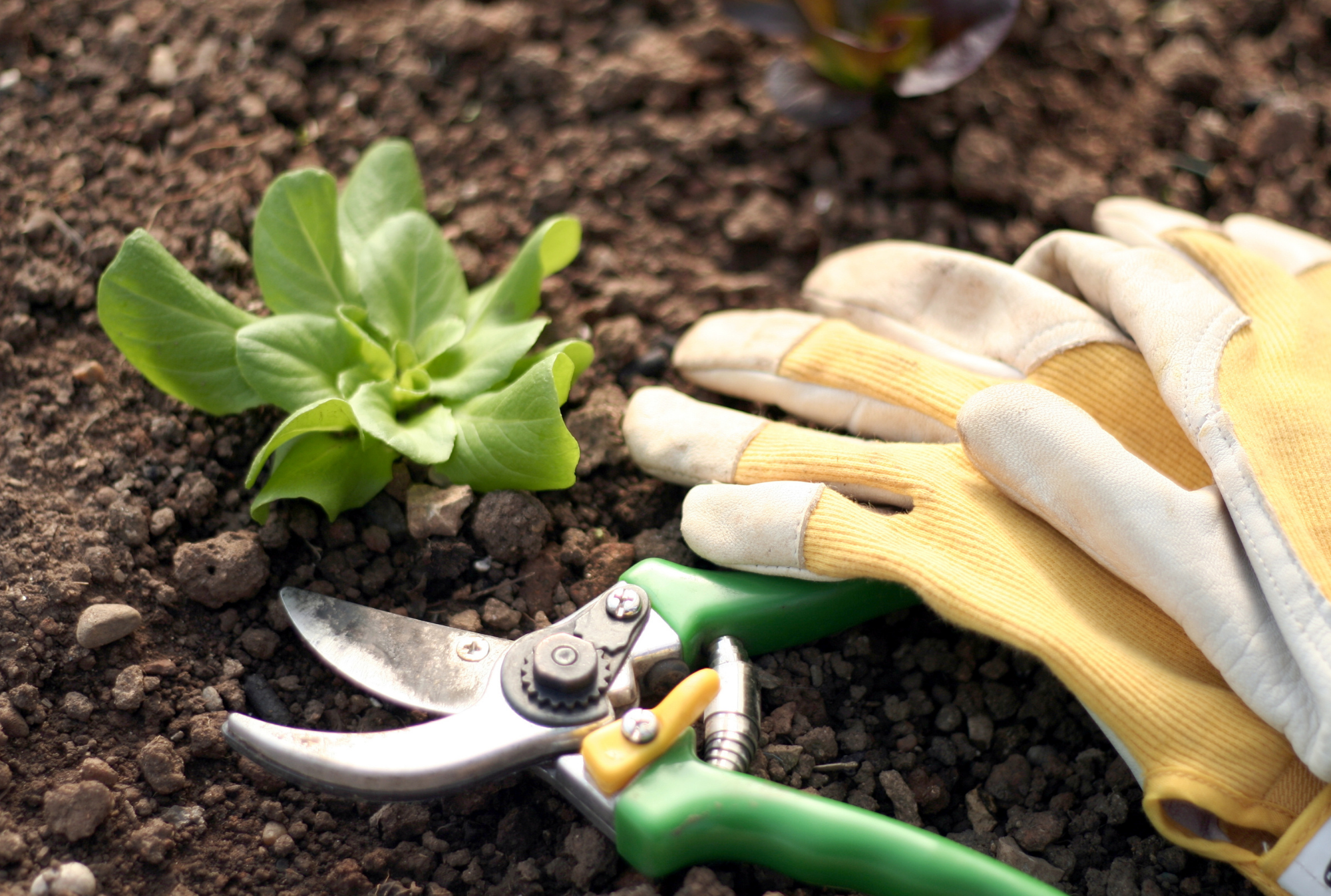Whether you are an avid gardener, or a novice starting for the first time this summer, there are some key aspects to gardening in the Pacific Northwest to take note of.
Stanwood and Camano Island Growing Zones
Many maps place the Stanwood and Camano Island areas in the USDA Plant Hardiness Zone 8a. These zones help inform gardeners on which plants are most likely to survive in a certain geographic area. Zone 8a represents places that can reach temperatures of 10°F to 15°F at the absolute lowest, though Camano Island reportedly stays much warmer than this even in the coldest months.
The American Horticultural Society (AHS) created a useful counterpart to this method of measurement in the form of the Heat Zone Map. This metric is based on the number of heat days (days per year above 86°F) that a certain area experiences. Heat zones can range from 1-12 (1 = no heat days, 12 = 210 heat days), and the Stanwood and Camano Island areas tend to fall in zone 1 meaning there are usually no days above 86°F.
These standards help gardeners categorize the plants that will survive throughout the year, and they are a great starting point for any dedicated plant grower.
The Crops That Thrive
Since the temperature is mild for most of the year in the Stanwood and Camano Island areas, there are many crops that grow well in these zones. Gardeners may want to favor crops that don’t require high heat and that are able to survive in both humid and dry climates. Some crops that are well-known for thriving in the Pacific Northwest are:
- Artichokes
- Beets
- Broccoli
- Cabbage
- Carrots
- Many kinds of greens, including lettuce
- Peas
- Potatoes
- Summer squash
- Tomatoes
- Onions
Gardening Trends
Looks matter too! Aside from crops, many gardeners take advantage of the beautiful perennials and luscious native plants that are supported by this moist and mild environment. Using plants that are native to the Pacific Northwest in landscaping and gardening setups is a popular technique used to keep things looking natural and healthy.
Some plants native to the Pacific Northwest that people may add into their gardenscapes are the broadleaf lupine, blanket flower, camassia, Pacific bleeding heart, broadleaf sedum, and many more. Adding foliage and flowers that naturally grow in your geographical area not only benefits the local wildlife but also helps you beautify your garden without putting in a lot of extra effort.
Making the Most Out of Your Garden Space
You can garden no matter how little or how much space you have. To make the most of your garden space, be sure to utilize both the sunny and the shaded areas and choose crops, foliage, or flowers accordingly. There are many plants that can grow vertically, so using trellises or other supports can free up more ground space.
Planting in rows can take up more space than plants really need. Using gardening beds helps consolidate specific plant types, and as a bonus, they make it easier to control the composition of the soil. When all else fails and you think you have no more room, you can always place pots and planting containers on the porch or in a bright corner of the sunroom!
 Facebook
Facebook
 X
X
 Pinterest
Pinterest
 Copy Link
Copy Link

